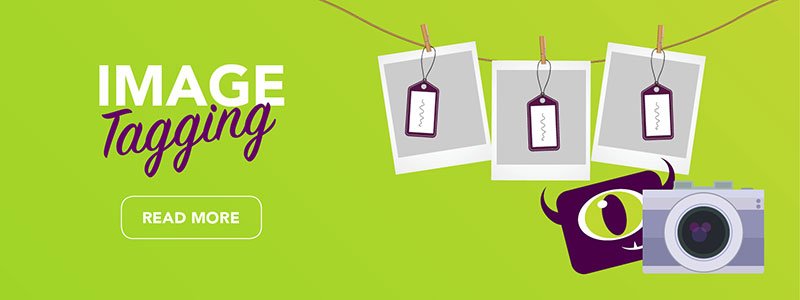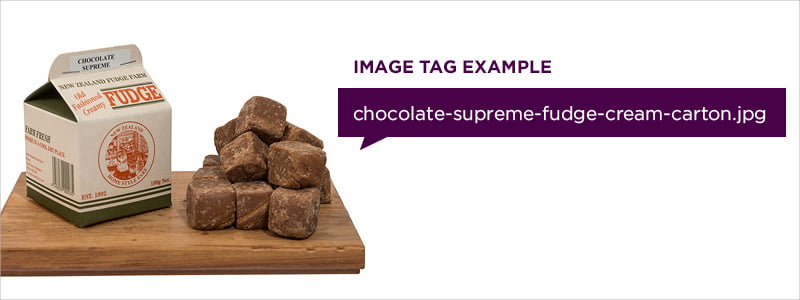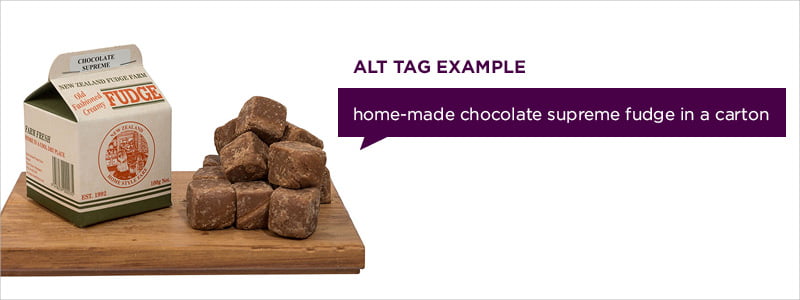
Top tips on why and how to tag website images
We are living in a visual world, so we don’t need to tell you that images on a website are a no brainer: they grab your viewer’s attention and give vital information about your business, products, and services. Potential customers love to see what they’re getting, and images are the best way to give them what they want – after all a picture paints a thousand words!
What many business owners don’t know is that images on your website can also be used as a clever SEO tool. You just need to know a few tips and tricks first. We’ve talked previously about the size of website images, so in this blog we’re going to delve into how naming images correctly and thoughtfully has a heavy weigh-in on SEO.
How can an image boost the SEO of a website?
When used correctly, website images combined with organic written content go a long way to making your business visible online. Search engines like Google, use a number of key components in a website to understand the topic of each page and images are one of them.
Google extracts information about your business not only from the written content of each page, it also gains vital details from the images you use, or more importantly, how those images are labelled.
What’s in a name?
Well, actually, a lot! When Shakespeare wrote this immortal line, he didn’t have to worry about his plays being found on the internet!
One of the biggest oversights people make is leaving their images with their original file name. Once you’ve selected a good image to upload, the next thing you need to do is give is a title. A name such as IMG0025.JPG gives Google no information whatsoever about the content of the image and has no value in terms of SEO.
Assigning image and alt tags to your images will help Google gather more information about the topic of each web page and make it easier for you to be found in online searches.
If you have your website built by a professional company, then you can expect to have had your images optimised for the relative key words / phrases to get you seen by people searching for you.
Assigning an image tag
Let’s look at an example. Below is a picture from one of our favourite clients, NZ Fudge Farm. It’s a great product image so its going to grab your attention and likely to make you drool a little bit. When you hover your mouse over it on the website, its unique image tag appears “chocolate-supreme-fudge-cream-carton.jpg”. An appropriate image label that sits alongside the description of this product – making it easy for Google to find.

Getting to know the Alt tag
Optimising images for maximum search engine optimisation is where the alt tag comes into the equation. Google uses special algorithms and the contents of the page to understand what the image is. The alt tag is an important part of this process and appears inside an image box when it cannot be displayed. The alt tag needs to be a description of what the image contains, around 4 -10 words is best. Using the above example again the alt tag here is “home-made chocolate supreme fudge in a carton”.

Top tips for tagging website images correctly
- Choose great quality images to appeal to your viewers
- Make sure to use images that relate directly to the written content on the page
- Replace your default image names appropriately using image tags
- Give each image a descriptive name using the alt tag
- Keep these tags brief – 7 words is a great rule of thumb – keep them relevant and make sure to include your key phrase
With just a little extra time and attention, you can give the SEO of each page on your website a valuable boost!
If you need any assistance on tagging website images or advice on website design, give us call we’re always here to help.